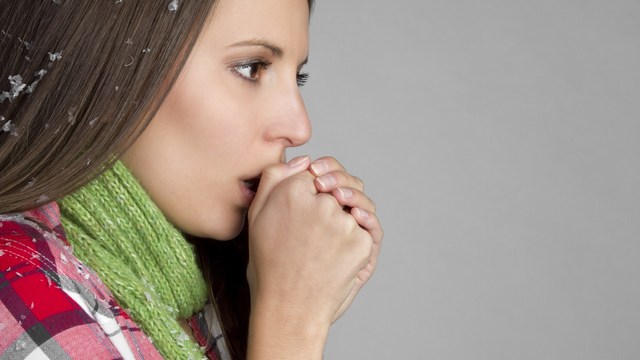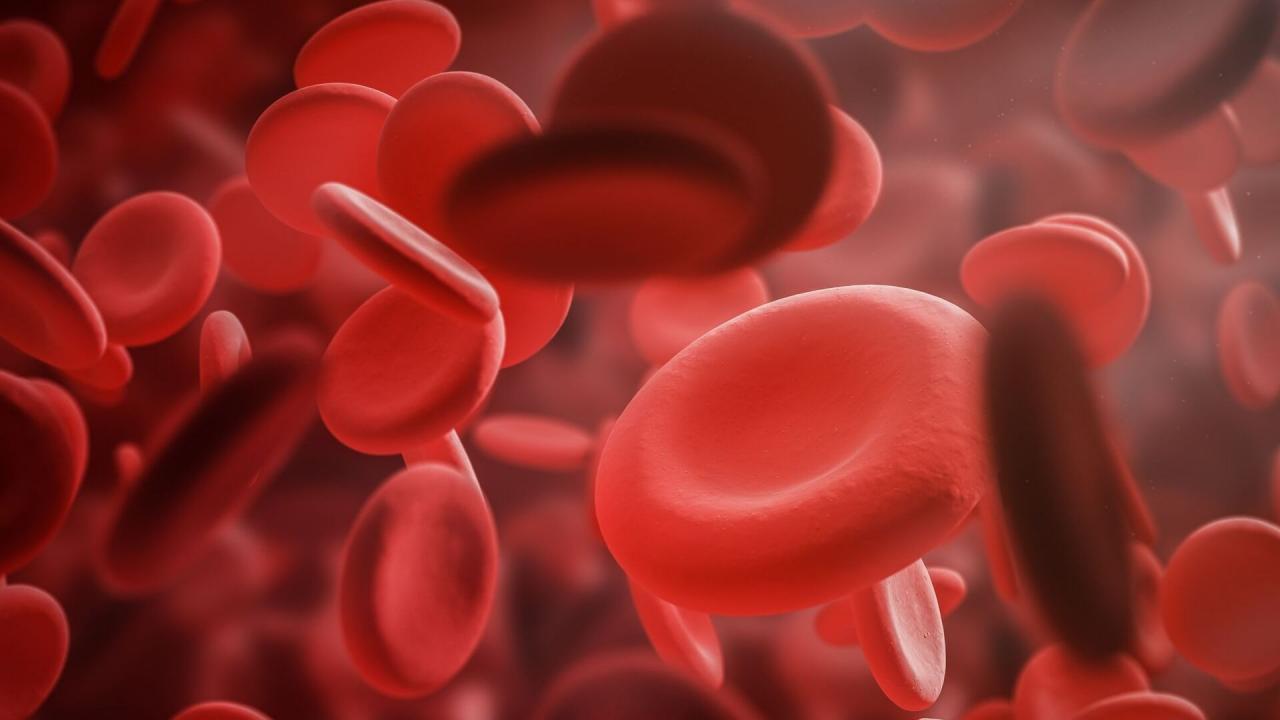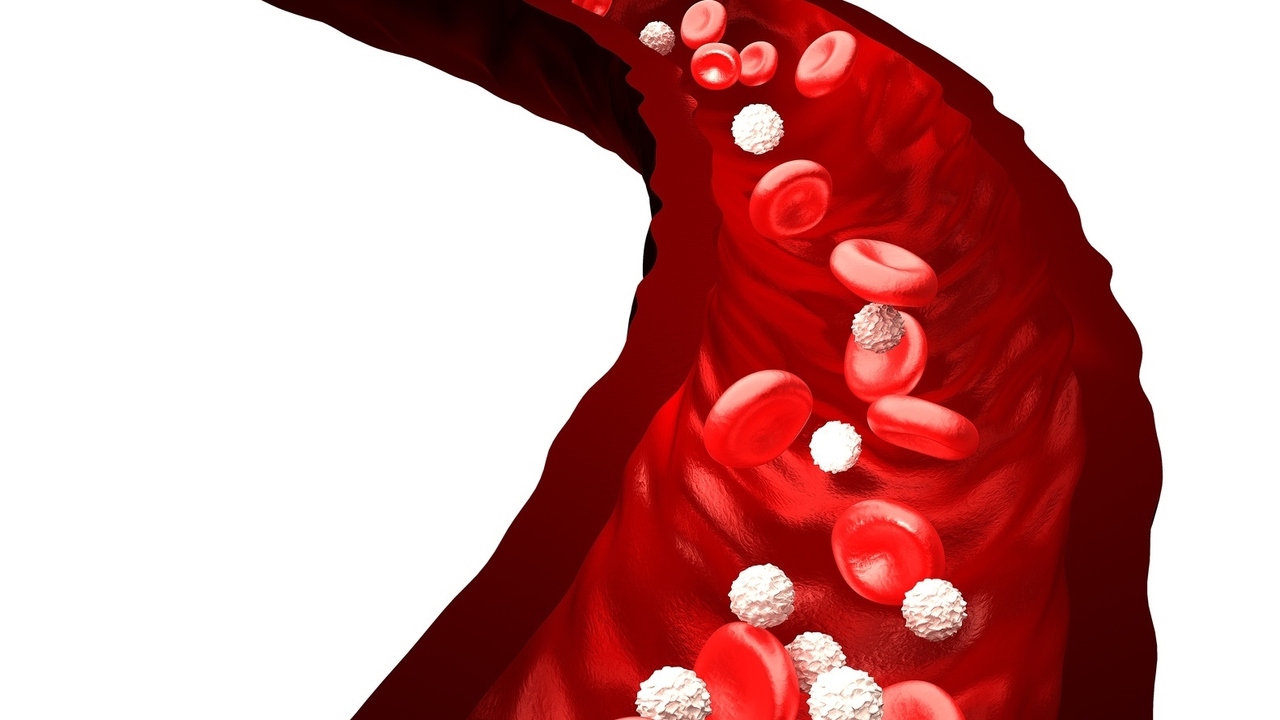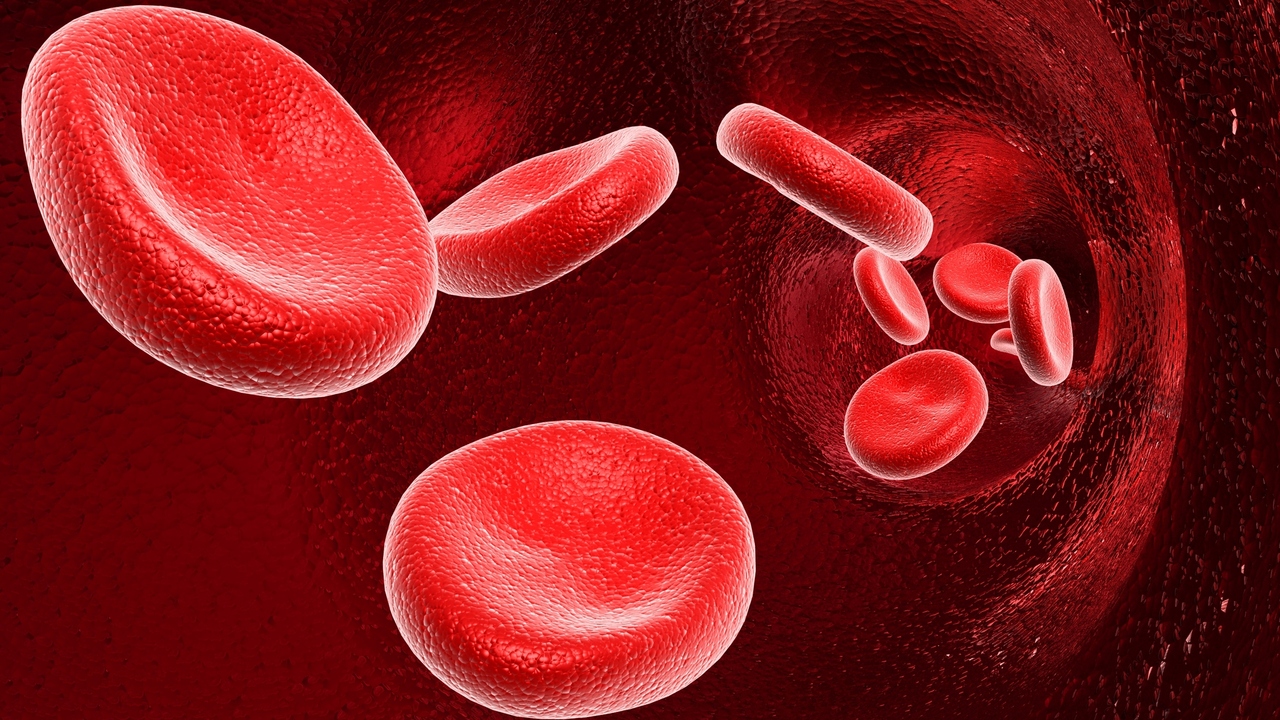 MonkeyBusiness Images/PhotoSpin
MonkeyBusiness Images/PhotoSpin
Ever noticed that your fingers or toes turn really blue or white when they're cold? And not just in cold weather, but when they're chilled from holding something right out of the fridge or when you're walking through the freezer section of the supermarket.
You may have Raynaud’s disease. The New York Times says, “Five to seven percent of all otherwise healthy women have primary Raynaud’s.”
Primary Raynaud’s means that there is no other illness or condition that is causing this sensitivity to cold to happen. For those people, having Raynaud’s may just be an annoying inconvenience.
However, those with more severe symptoms may have secondary Raynaud’s. The appearance of Raynaud’s may be the first symptom of an autoimmune disease such as lupus or scleroderma.
The National Institute of Health (NIH) stated that about 9 out of 10 people who have scleroderma have Raynaud's. About one out of three people with lupus has Raynaud's.
Dr. Hal Mitnick, a clinical professor of medicine at New York University and a rheumatologist serving on the board of the Raynaud’s Association told the New York Times that 20 years can pass before a person may develop that autoimmune illness.
Other causes of secondary Raynaud’s are:
- Vascular diseases that damage arteries or nerves in the feet or hands
- Injuries to the feet or hands
- Exposure to chemicals
- As a side effect of medications.
During a Raynaud’s attack, there is vasospasm of the arteries that supply blood to the area involved. The affected area usually first turns white, then blue and feels cold and numb. As blood returns, the areas may turn red, throb, tingle or burn.
The National Health Institute (NHI) stated that 40 percent of people with Raynaud’s get it in their toes. The nose, ears, nipples, or lips are rarely affected. The attack can also occur on different digits each time an attack happens.
If you notice these types of skin circulation changes occurring, it is a good idea to go see your doctor. There are tests that can help determine what type of Raynaud’s disease a person has.
The first is an in-office test called a nailfold capillaroscopy. The doctor examines the skin at the base of the nail bed to see if the tiny blood vessels or capillaries are enlarged. This test only helps to distinguish primary Raynaud’s.
Other blood tests that may be performed are an ANA or antinuclear antibody test, an ESR or erythrocyte sedimentation rate test, and a C-reactive protein (CRP) test. These tests check the immune system and look for underlying inflammatory disease.
Depending on the results, there are medications that may be tried to increase circulation to the affected areas. Other medications may be stopped or changed if it is thought they are aggravating Raynaud’s, such as birth control pills.
In more severe cases surgery or nerve blocks may be suggested.
There are a number of things a person can do to try and avoid Raynaud’s attacks. Don’t smoke, limit caffeine, increase exercise to increase circulation, try to reduce stress, and avoid any workplace triggers such as using equipment that vibrates.
During Raynaud’s attacks, warming your hands or toes with heat or massage may help.
The Mayo Clinic also mentions some alternative options such as taking fish oil supplements, ginkgo biloba supplements, and using biofeedback to increase the temperature of one’s hands and feet.
Talk to your doctor before starting any oral supplements.
Sources:
Raynaud's disease. Mayoclinic.com. Retrieved September 29, 2013.
http://www.mayoclinic.com/health/raynauds-disease/DS00433/METHOD=print
What Is Raynaud's? National Institute of Health: National Heart, Lung and Blood Institute. Retrieved September 29, 2013.
http://www.nhlbi.nih.gov/health/health-topics/topics/raynaud
Getting to the Root of Raynaud’s By WINNIE YU. New York Times. Retrieved September 29, 2013.
http://www.nytimes.com/ref/health/healthguide/esn-Raynauds-ess.html
When Cold Fingers Mean Raynaud’s , or Worse By WINNIE YU. New York Times. Retrieved September 29, 2013.
http://www.nytimes.com/ref/health/healthguide/esn-Raynauds-expert.html
Michele is an R.N. freelance writer with a special interest in woman’s healthcare and quality of care issues. Other articles by Michele are at www.helium.com/users/487540/show_articles
Edited by Jody Smith




Add a CommentComments
There are no comments yet. Be the first one and get the conversation started!